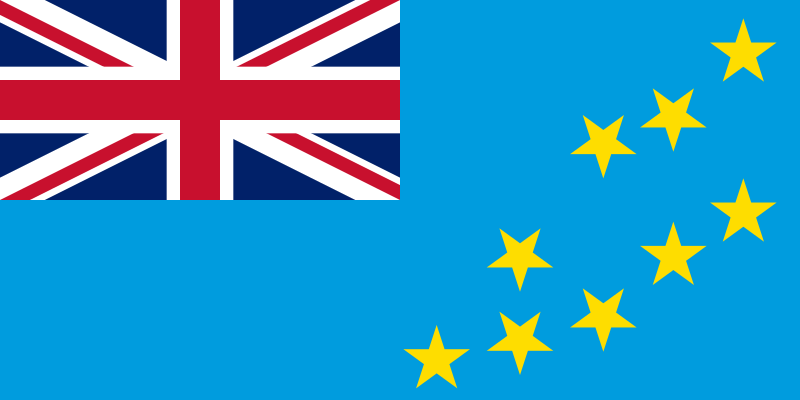 Tuvalu (/tuːˈvɑːluː/ (help·info) too–VAH-loo or /ˈtuːvəluː/ TOO-və-loo), formerly known as the Ellice Islands, is a Polynesian island nationlocated in the Pacific Ocean, midway between Hawaii and Australia. Its nearest neighbours are Kiribati, Nauru, Samoa and Fiji. It comprises four reef islands and five true atolls.
Tuvalu (/tuːˈvɑːluː/ (help·info) too–VAH-loo or /ˈtuːvəluː/ TOO-və-loo), formerly known as the Ellice Islands, is a Polynesian island nationlocated in the Pacific Ocean, midway between Hawaii and Australia. Its nearest neighbours are Kiribati, Nauru, Samoa and Fiji. It comprises four reef islands and five true atolls.
Its population of 12,373 makes it the second-least populous sovereign state in the world, with onlyVatican City having fewer inhabitants. In terms of physical land size, at just 26 square kilometres (10 sq mi) Tuvalu is the fourth smallest country in the world, larger only than the Vatican City at 0.44 km2 (0.17 sq mi), Monaco at 1.95 km2 (0.75 sq mi) and Nauru at 21 km2(8.1 sq mi).
The first inhabitants of Tuvalu were Polynesian people. The islands came under the UK’s sphere of influence in the late 19th century. The Ellice Islands were administered by Britain as part of a protectorate from 1892 to 1916 and as part of the Gilbert and Ellice Islands Colony from 1916 to 1974. In 1974, the Ellice Islanders voted for separate British dependency status as Tuvalu, separating from the Gilbert Islands which became Kiribati upon independence. Tuvalu became fully independent within the Commonwealth in 1978.
Tuvalu has almost no natural resources, and its main form of income consists of foreign aid. Virtually the only jobs in the islands that pay a steady wage or salary are with the government. Subsistence farming and fishing remain the primary economic activities, particularly off the capital island of Funafuti. Government revenues largely come from the sale of stamps and coins, fishing licences and worker remittances.

Notes from Wikipedia








